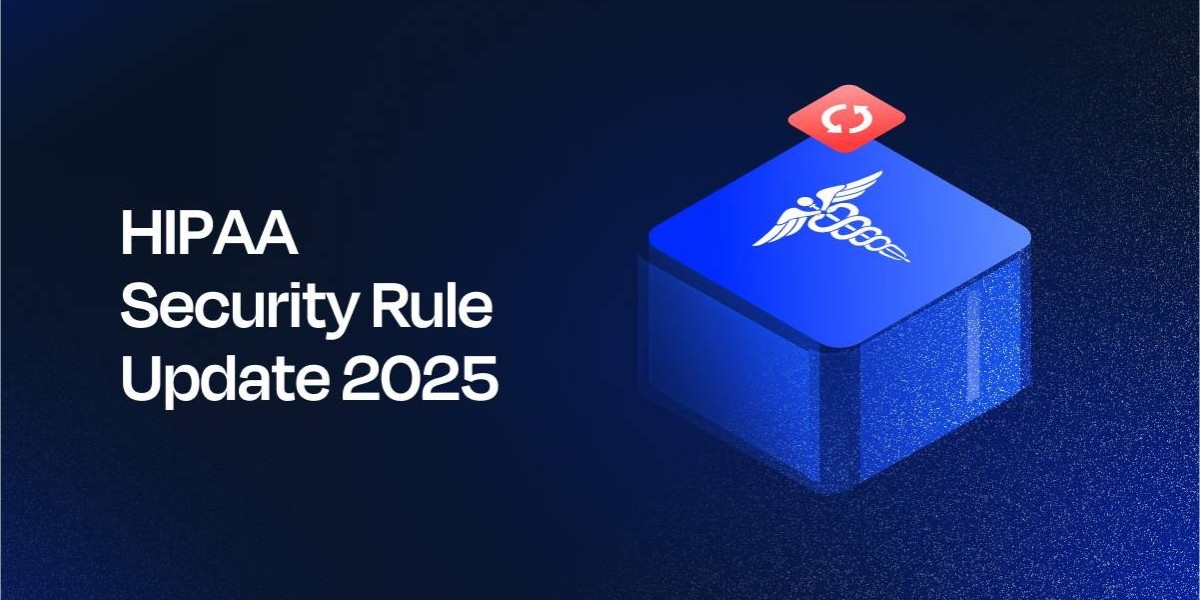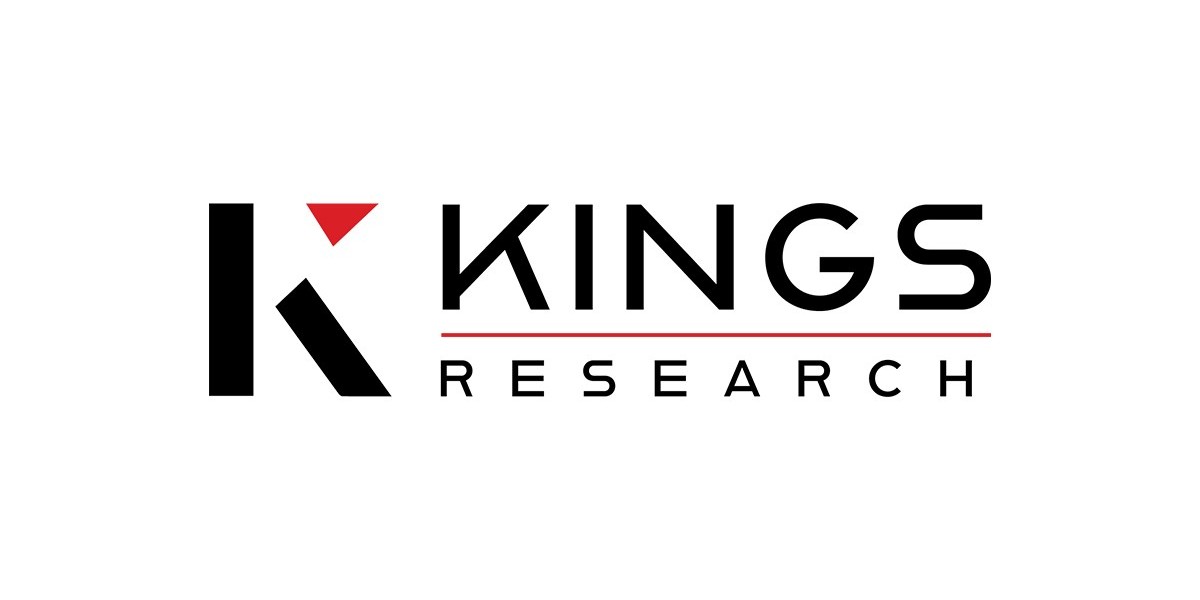On a quiet Monday morning in February 2025, the IT director of a small dermatology clinic in Ohio received an alert: someone had logged into their EHR system from a foreign IP address at 3 a.m. Panic ensued. While the breach was contained quickly, it revealed a chilling truth—HIPAA security isn't optional, and even the smallest oversight can cost millions and irreparably damage patient trust.
But here's the thing: achieving HIPAA compliance doesn't have to be overwhelming. Think of it as a structured checklist—a security playbook that, when followed diligently, transforms compliance into confidence.
In this story-driven guide, you'll walk through the only HIPAA Security Checklist you need in 2025. We’ll cover the essential safeguards, real-life lessons, and proactive strategies that ensure you're not just compliant—but secure.
Step 1: Know Your HIPAA Role and Responsibility
Covered Entities and Business Associates
It all starts with clarity. Are you a covered entity (like a provider or health plan) or a business associate (like a billing service or cloud vendor)? Many clinics get tripped up right here—misclassifying their role and responsibilities.
Real-World Tip:
At a behavioral health center in Phoenix, administrators learned too late that their transcription vendor was a business associate, and they had no signed agreement. That mistake triggered an OCR investigation.
Checklist Action:
Identify your role in handling PHI.
Create a documented inventory of all business associates.
Ensure all roles and responsibilities are clearly assigned and reviewed yearly.
Step 2: Inventory and Map All Protected Health Information (PHI)
Where Is Your Data?
A midsize dental group once discovered a trove of unencrypted patient x-rays stored on a forgotten hard drive in a locked cabinet. If you don’t know where your data lives, you can’t protect it.
Checklist Action:
Catalog all formats of PHI: digital, physical, verbal.
Map how data flows—intake, processing, storage, transmission, and disposal.
Reassess after every major software update or workflow change.
Step 3: Strengthen Administrative Safeguards
Policies That Aren’t Just Paper
Imagine handing a new employee a 200-page manual they’ll never read. Now picture replacing that with a quick, role-specific training module. That’s what a Virginia pediatric clinic did—and saw a 60% drop in HIPAA violations.
Checklist Action:
Maintain up-to-date written policies on access, breach response, and training.
Designate a HIPAA Privacy Officer and Security Officer.
Conduct annual training tailored to staff roles.
Step 4: Lock Down Physical Security
From Break Rooms to Server Rooms
In 2024, a break-in at a California practice led to stolen backup drives. No alarms. No surveillance. Just unlocked doors and lost data.
Checklist Action:
Install badge or biometric access to sensitive areas.
Use surveillance cameras and secure server rooms.
Keep paper records in locked cabinets; shred before disposal.
Step 5: Deploy Bulletproof Technical Safeguards
Tech Tools That Work
Technical safeguards can prevent breaches before they happen. In 2023, healthcare led all industries in data breach costs, averaging $10.93 million per breach. Encryption, access control, and audit logs are your armor.
Checklist Action:
Encrypt all PHI in storage and transit.
Implement multifactor authentication and session timeouts.
Enable audit logs and review them regularly.
Step 6: Conduct Annual Risk Assessments
Your Cybersecurity Checkup
Just like annual patient exams, your systems need periodic reviews. A New Jersey health network avoided a $1.5M fine by uncovering vulnerabilities during a proactive risk assessment.
Checklist Action:
Use NIST or HHS frameworks.
Identify threats and rank by likelihood and impact.
Document findings and implement remediation plans.
Step 7: Sign Business Associate Agreements (BAAs)
Partners Need to Be Compliant Too
When a transcription vendor mishandled PHI, a Texas clinic bore the legal burden due to a missing BAA. HIPAA doesn’t just govern your staff—it extends to your partners.
Checklist Action:
List all vendors accessing PHI.
Execute BAAs outlining roles, safeguards, and breach protocols.
Reassess agreements annually and update as needed.
Step 8: Build a Rock-Solid Incident Response Plan
Plan Like It’s Going to Happen
During a simulated drill, a Wisconsin practice realized no one knew how to report to OCR. Chaos followed. A clear plan could’ve made the difference.
Checklist Action:
Assign incident response roles across IT, legal, and PR.
Set timelines for patient and regulator notifications.
Practice breach scenarios at least twice per year.
Step 9: Promote a Culture of Compliance
The Daily Details Matter
HIPAA compliance isn't just a one-time task—it’s an ongoing mindset. Create an environment where staff feel confident, trained, and accountable.
Checklist Action:
Share monthly updates or reminders.
Celebrate compliance wins (like passing audits).
Solicit feedback for improving policies and training.
The One Link That Covers It All
If you're looking for a single resource that brings together everything you need—from risk tools to training templates—our HIPAA Compliance Checklist offers an all-in-one toolkit to guide your practice safely through 2025.
Why 2025 Is the Time to Act
Threats are rising. Regulations are tightening. And trust in healthcare depends more than ever on how we protect patient data. Whether you're a solo practitioner or part of a large network, following this checklist can mean the difference between smooth operations and costly disruptions.
Make 2025 the year you transform HIPAA compliance from a burden into a business advantage.
Conclusion
HIPAA compliance doesn’t have to be a maze of confusion. With the right steps, tools, and mindset, you can turn every policy into a promise—to your patients, your team, and your future.
Use this checklist as your compass. Review it quarterly. Share it with your team. And remember, HIPAA isn’t just about avoiding penalties—it’s about building a culture where privacy is protection, and compliance is care.








